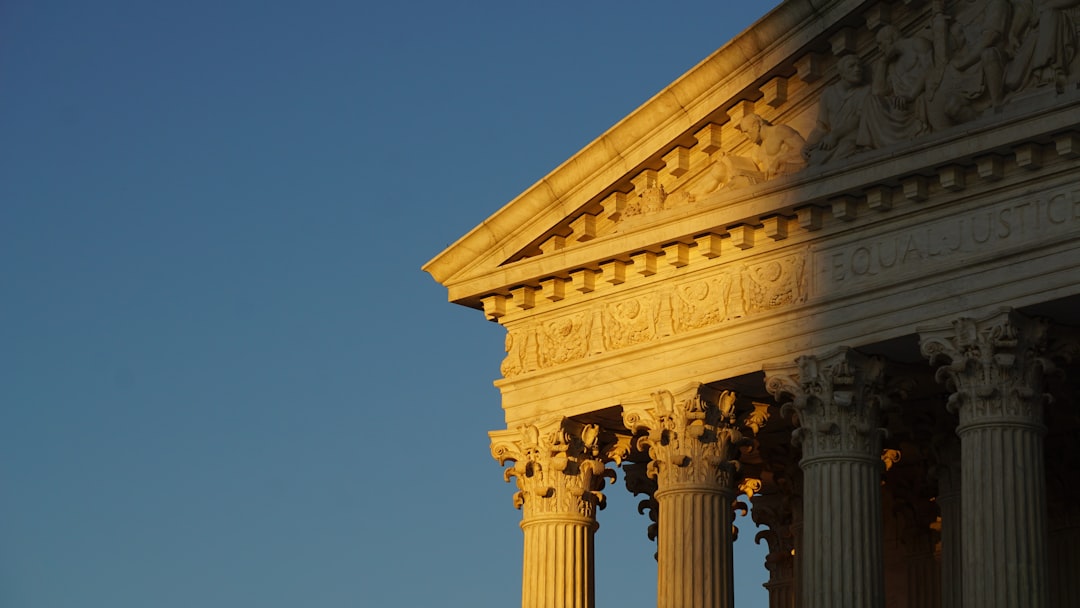The Spark That Started It All (Image Credits: Unsplash)
In the dim glow of late-night strategy sessions, activists across the country are poring over maps and legal briefs, wondering if decades of hard-won progress might slip away amid rising political tensions.
The Spark That Started It All
Picture the 1960s: crowds marching, voices rising against injustice. That era birthed what we now call the rights revolution, a wave of change that expanded freedoms for women, minorities, and the LGBTQ+ community. Civil rights leaders like Martin Luther King Jr. didn’t just dream; they pushed laws that reshaped society.
Fast forward, and those victories feel both secure and fragile. Recent court rulings and election shifts have folks asking if the momentum is stalling. It’s not just nostalgia – real stakes are on the line as new challenges emerge.
Yet, history shows revolutions don’t fade quietly. They adapt, or they fight back harder.
Today’s Political Minefield
Right now, in 2025, far-right gains and populist surges are shaking things up globally, but especially here at home. Think Austria’s recent coalition talks or our own Supreme Court debates on voting districts. These aren’t abstract; they’re direct hits to how we protect rights.
Project 2025, that blueprint from conservative circles, spells out plans to roll back protections on everything from abortion to election oversight. It’s like a roadmap to concentrate power, sidelining the diverse voices that fueled past wins. Groups like Democracy Forward are sounding alarms, detailing how it could dismantle agencies fighting disinformation and inequality.
Still, resistance is brewing. Coalitions of activists and lawmakers are mobilizing, turning these threats into rallying cries.
Race and Representation Under Fire
A recent Supreme Court case on race-based congressional districts has everyone talking. It’s testing the boundaries of how we ensure fair representation, echoing old fights from the Voting Rights Act era. If districts can’t account for racial lines anymore, minority voices might get drowned out.
This isn’t isolated. Across states, laws curbing protests or limiting ballot access are popping up, often under the guise of security. Scholars point to movements like Black Lives Matter as modern heirs to civil rights, yet they’re facing backlash that feels eerily familiar.
The twist? Tech and social media amplify these battles, letting grassroots efforts spread faster than ever before.
Global Echoes, Local Impacts
Look abroad, and you see mirrors of our struggles. In places like the UK or Brazil, rights movements grapple with authoritarian leanings and economic woes fueling division. Here, inflation from global conflicts and migration waves are stoking similar discontent, boosting far-right narratives.
Women’s rights and LGBTQ+ advocacy, once unstoppable forces, now navigate bans and cultural pushback. Remember Ireland’s gay rights push? Even there, freedoms feel threatened by rising conservatism. It’s a reminder that progress is global, but so are the setbacks.
One bright spot: cross-border alliances are forming, sharing tactics to counter these tides.
The Role of Movements in the Mix
Social movements aren’t just protesters in the streets; they’re the engine of change. Evolutionary ones, like environmental pushes, work within systems, while revolutionary ones, think early civil rights, upend them. Today, hybrids are rising – LGBTQ+ groups blending legal fights with cultural shifts.
Challenges abound, though. State-sponsored mobilizations in places like China show how governments can co-opt movements, but in democracies, the real fight is against apathy. With parties polarizing, movements must bridge divides to keep rights alive.
- Civil rights: Still battling police accountability decades later.
- Women’s rights: Abortion access hangs by judicial threads.
- LGBTQ+ rights: Gains in marriage equality face trans rights hurdles.
- Voting rights: New laws test turnout in key states.
- Environmental justice: Linking climate to civil liberties.
What Happens If We Don’t Act?
Ignore the signs, and the revolution could quietly erode. We’ve seen it before – post-Reconstruction backslides or the AIDS crisis response delays. In 2025’s volatile landscape, inaction means ceding ground to those who prioritize control over equality.
But flip the script: renewed activism could spark the next phase. Think hybrid strategies, using courts, votes, and viral campaigns to reclaim momentum.
Leaders in ethnic studies and women’s programs urge a deeper look, blending old lessons with new tech tools.
Key Takeaways:
- Project 2025 poses risks to core protections – stay informed on its proposals.
- Court cases on districts and voting could redefine representation for years.
- Global disruptions highlight the need for united, adaptive movements.
As we stand at this crossroads, the rights revolution isn’t over – it’s evolving. The real question is, will we step up to steer it forward? What do you think about these shifts? Share in the comments below.





